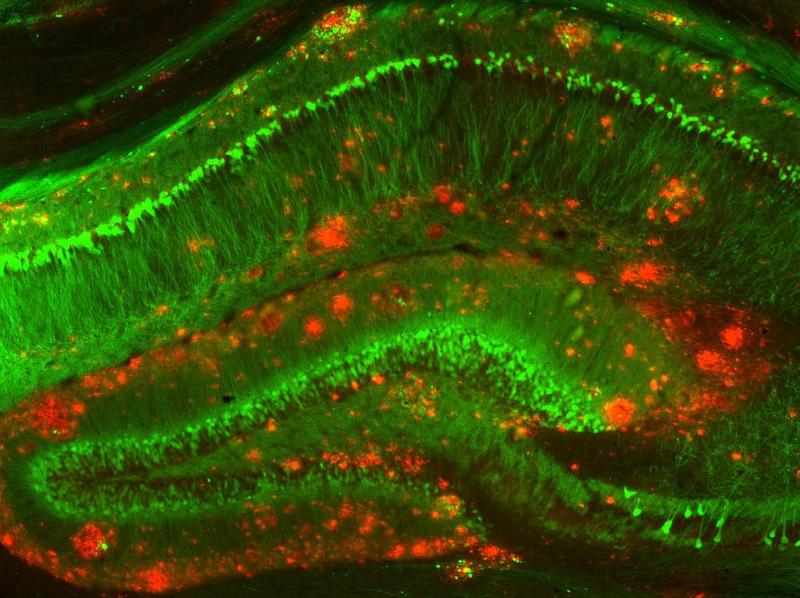
This July, new research from the Duke Neurology Department answered questions about the subcellular origins of itching, how COVID-19 is affecting people with amyotrophic lateral sclerosis, what factors influence people eligible for epilepsy surgery to move forward with the procedure and topics. The paragraphs below summarize the 11 articles appearing in peer-reviewed publications from our faculty, staff, and trainees. Check them out and find links to the original publications below.
Neuromuscular Disease
- People living with amyotrophic lateral sclerosis (ALS) have distinct pathophysiological risks and health determinants that may increase their vulnerability for infection, as well as their course of infection and recovery, from COVID-19. Rick Bedlack, MD, PhD, was the senior author of a letter to the editor in Muscle and Nerve that examines COVID-19 among the veteran population with ALS. Read their analysis here.
- Don Sanders, MD, was the senior author of a new editorial in Muscle and Nervethat discusses the utility of acetylcholine receptor antibody titer as a pharmacodynamic biomarker for myasthenia gravis. Read that editorial here.
Translational Brain Sciences
- Early evidence indicates that occipito-temporal activation patterns for different visual stimuli are less distinct in older than younger adults, yet the extent of these deficits are unclear. Simon Davis, PhD, and colleagues at the Center for Cognitive Neuroscience investigated these issues by fMRI-scanning adults in both age groups who viewed and then remembered visual scenes. They found that sensory features in early visual cortex were less differentiated in older adults, suggesting that aging impairs visual and mnemonic representations in posterior brain regions but enhances them in anterior regions. Read the full article in Neurobiology of Aging.
- Anhedonia, the loss of pleasure or motivation to engage in previously enjoyable activities, is implicated in several debilitating psychiatric disorders. Simon Davis, PHD, contributed to a narrative review discussing neural signatures of saliency-mapping in this condition. Read their discussion in Psychiatry Research.
- A new case report in the Journal of Neuropathology & Experimental Neurologydiscusses the case of a young woman living with a papillary glioneuronal tumor with a novel GPR37L1-PRKCA fusion. John Ervin contributed to that article. Read it here.
- Regular itching affects more than 20 million people in the United States, and its root causes are still not fully understood. Yong Chen, PhD, was the senior author of a new review article that sheds light on this problem. Chen, along with Qiaojuan Zhang, PhD, and Gwendolyn Henry discuss the role of the TRPV4 ion channel in both acute and chronic itching. Read that article in the International Journal of Molecular Science.
Epilepsy, Sleep, and Clinical Neurophysiology
- A new consensus statement from International League Against Epilepsy and the International Federation of Clinical Neurophysiology calls for the continued functioning of epilepsy monitoring units in hospitals during the continuing COVID-19 pandemic and other emergencies. Aatif Husain, MD, was part of this task force, which published its statement in the newest issue of Epileptic Disorders. Read it here.
- A new study answers important questions about factors influencing whether or not patients with epilepsy proceed with resective epilepsy surgery. First author Vishal Mandge, MD, MPH, and colleagues found that employed patients were more than 4 times likelier than unemployed patients to proceed with surgery. Read more about this and other findings in the latest issue of Seizure.
Parkinson’s and Movement Disorders
- The use of telemedicine to manage movement disorders and other chronic neurological conditions including movement disorders has expanded over time, especially over the past year. Jeffrey Cooney, MD, co-authored a new article that discusses current practices and recommendations for the use of telemedicine for deep brain stimulation. Read that article here.
Other Topics
- A new study from the Archives of Physical Medicine and Rehabilitation provides insights into clinical variables associated with onabotulinumtoxinA adherence for spasticity. Wayne Feng, MD, MS, contributed to that article. Read it here.
- A recent article in the American Journal of Respiratory and Critical Care Medicineexamined racial health disparities in the care of patients with obstructive sleep apnea. Andrew Spector, MD, co-wrote a letter to the editor in the same journal that discussed both the importance of examining racial health disparities in this area as well as a possible flaw in the design of the study that may mistakenly show lower adherence among Black and Hispanic patients. Read that discussion here.